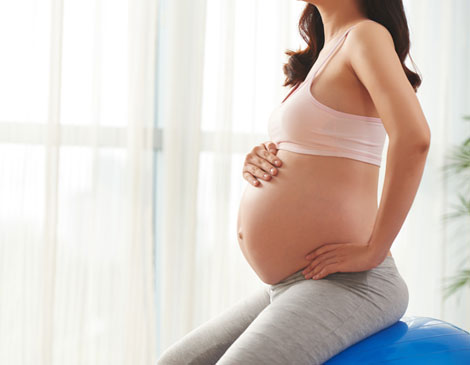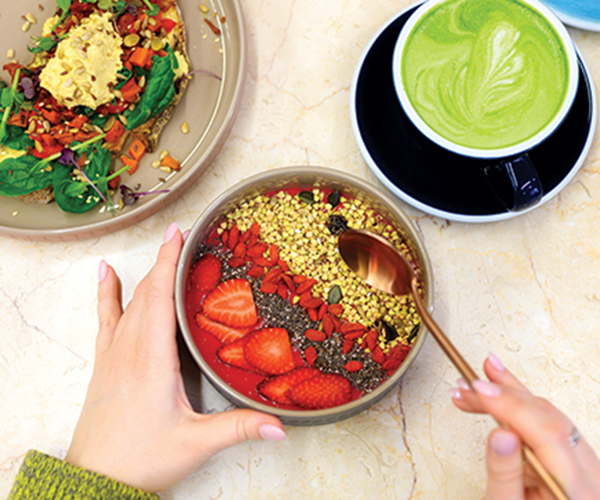Traditional birth — feet in stirrups, in a hospital bed — isn’t for everyone. These alternative-birthing methods could help make your special day even more unique.
Birthing BallsThe Method: Similar to exercise balls, “slow burst” birthing balls — which leak air instead of popping — can be used during pregnancy to strengthen the core and during labor to provide comfort.
Who It’s Good For: Women looking for extra support and comfort during the labor process.
Why It Works: During labor, the balls can provide counter-pressure on the perineum (that spot between the vagina and anus) and can even help keep your pelvis open to rotate the baby.
Medical Note: “We use balls so moms can lean and rock and move,” says Cleveland Clinic certified nurse midwife Sue Hudson. “We want optimal positioning to improve a baby’s birth. The best way to accomplish that is by moving, moving, moving and not just lying still.”
Dancing For Birth
The Method: A prenatal class teaches women to dance their way to a healthy pregnancy and intuitive labor process by learning moves such as the “gyrate to dilate” that can relieve discomfort.
Who It’s Good For: The dance floor is open for moms hoping to relieve common pains that come with pregnancy.
Why It Works: University Hospitals certified instructor and advanced clinical nurse Michele Garrett says the class not only teaches women to listen to their bodies, but also address common pregnancy concerns such as swollen feet and back pain with targeted exercises and dance moves.
Medical Note: “There’s ways for you to move and for you to use your body in ways that will help you during pregnancy and during birth,” Garrett says.
Hypnobirthing
The Method: HypnoBirthing is a formal training course that teaches expectant mothers how to use language techniques and positive imagery to minimize pain during contractions.
Who It’s Good For: It’s an option for women looking for nonmedicated ways to manage pain during labor or who may be fearful of giving birth.
Why It Works: Hudson says a woman’s partner can help guide her through labor by avoiding words such as “pain” and replacing them with more positive ones such as “pressure.”
Medical Note: “You can use imagery that takes a woman to a place where she feels safe in her head and she feels in control,” Hudson says. “That’s really what it’s about.”




